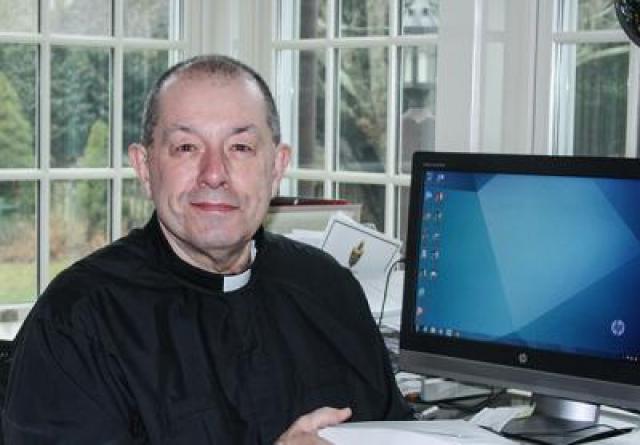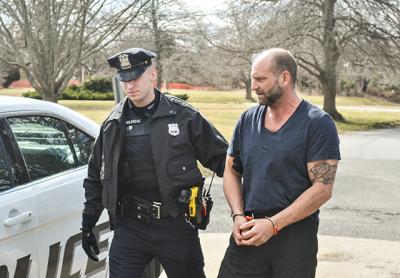Montauk Committee Calls for Downtown Sewer District
Montauk Committee Calls for Downtown Sewer District
Improvements to septic waste systems in downtown Montauk, in order to limit the release of pollutants that could have a negative effect on ground and surface waters, including Fort Pond, were a topic this week at a meeting of the Montauk Citizens Advisory Committee.
The downtown area — along with Montauk’s dock area and Ditch Plain — was targeted for advanced, centralized wastewater treatment in a town comprehensive wastewater management plan prepared by Lombardo Associates, a consulting firm, several years ago.
A letter was sent out in June 2015 to gauge interest and support for the idea among downtown property owners. It outlined the next steps that could be taken by the town, which would be the creation of an engineering map and plan and the establishment of a downtown Montauk water quality improvement district.
Those steps were never taken. However, in 2016, the town embarked on what it called a “hamlet study,” a planning survey of all of East Hampton’s business districts, for which reports are being prepared, and which could provide an underpinning for decisions on septic treatment.
Councilman Peter Van Scoyoc, a liaison to the citizens advisory committee, reported this week that the committee would like the East Hampton Town Board to move forward with establishing a downtown sewer district in Montauk. “Given the fact that many of the systems are obsolete,” he said — and some no longer legal under current standards — “the only real way forward would be with a community system, or several properties grouping together in a system.”
The septic systems on up to 90 percent of the properties in the downtown area need improvement, the Lombardo Associates study found, but 73 percent of those sites lack the space for the installation of an upgraded system.
Lombardo Associates estimated that 57 percent of the properties in downtown Montauk use cesspools. Cesspools are illegal, under federal law, for use on properties that serve more than 20 people a day, and, on any site, are considered inadequate if they need to be pumped out more than a few times a year. Some downtown Montauk business owners reported that they needed to pump out their cesspools almost daily during the busy summer months.
As proposed by Lombardo Associates, the downtown area that could be served by a community wastewater system would comprise 169 developed properties from South Eton Street to Essex Street, between Fort Pond and the ocean.
For a centralized system to be feasible, the owners of properties within that zone, representing at least half of the overall wastewater generated in the area, would have to sign on. Each property owner that connected to the system would pay a fee based on property size and wastewater flow.





